Affiliate links on Android Authority may earn us a commission. Learn more.
Should you consider investing in Xiaomi smart home tech?
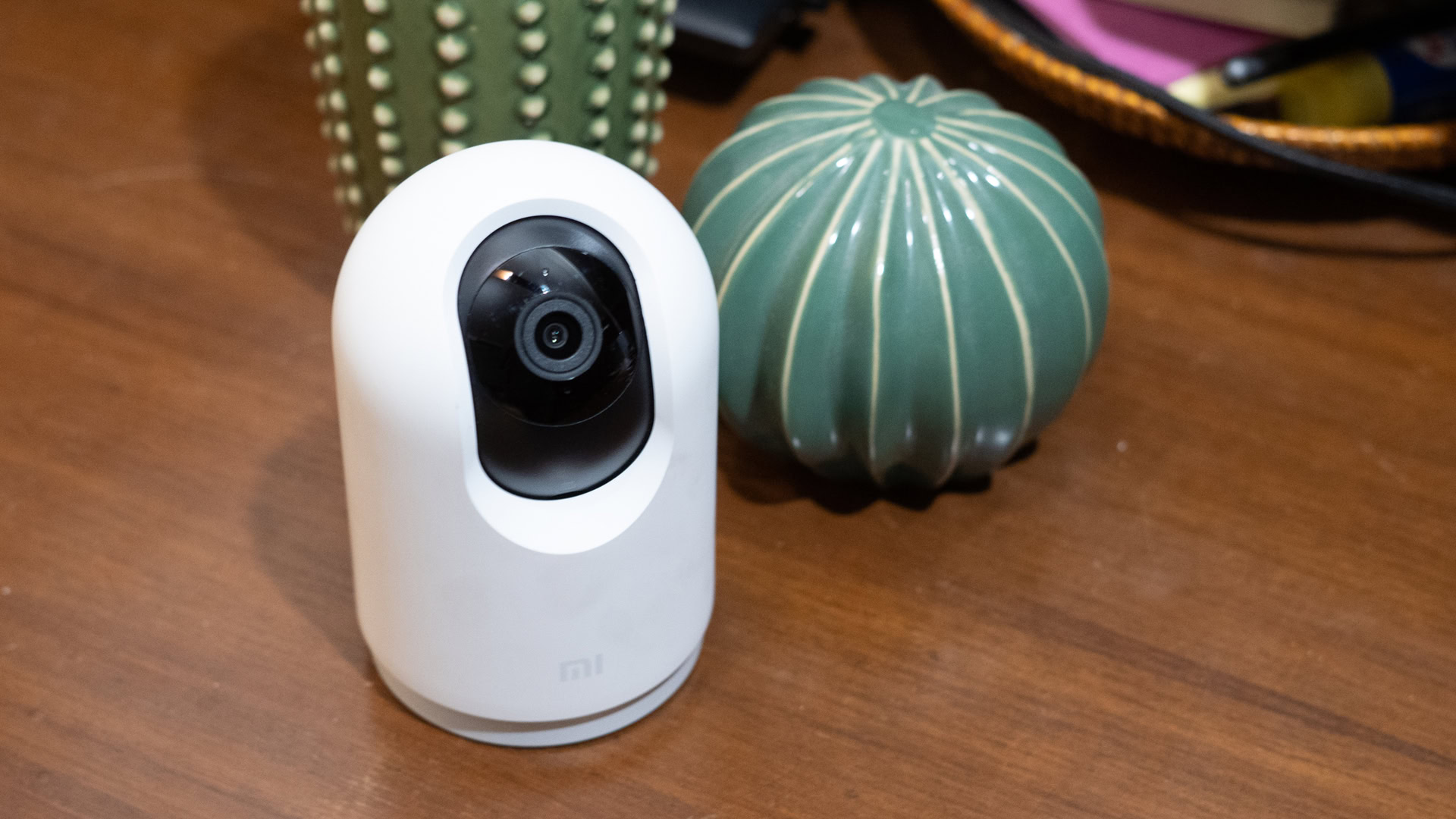
Once a luxury for the rich, smart home devices have gradually become cheaper and more accessible, to the point that voice assistants like Amazon Alexa have even entered pop culture. That, of course, has led to every major tech brand wanting a piece of the pie, including China’s Xiaomi. But should you be considering Xiaomi when you deck out your house or apartment?
Who is Xiaomi?
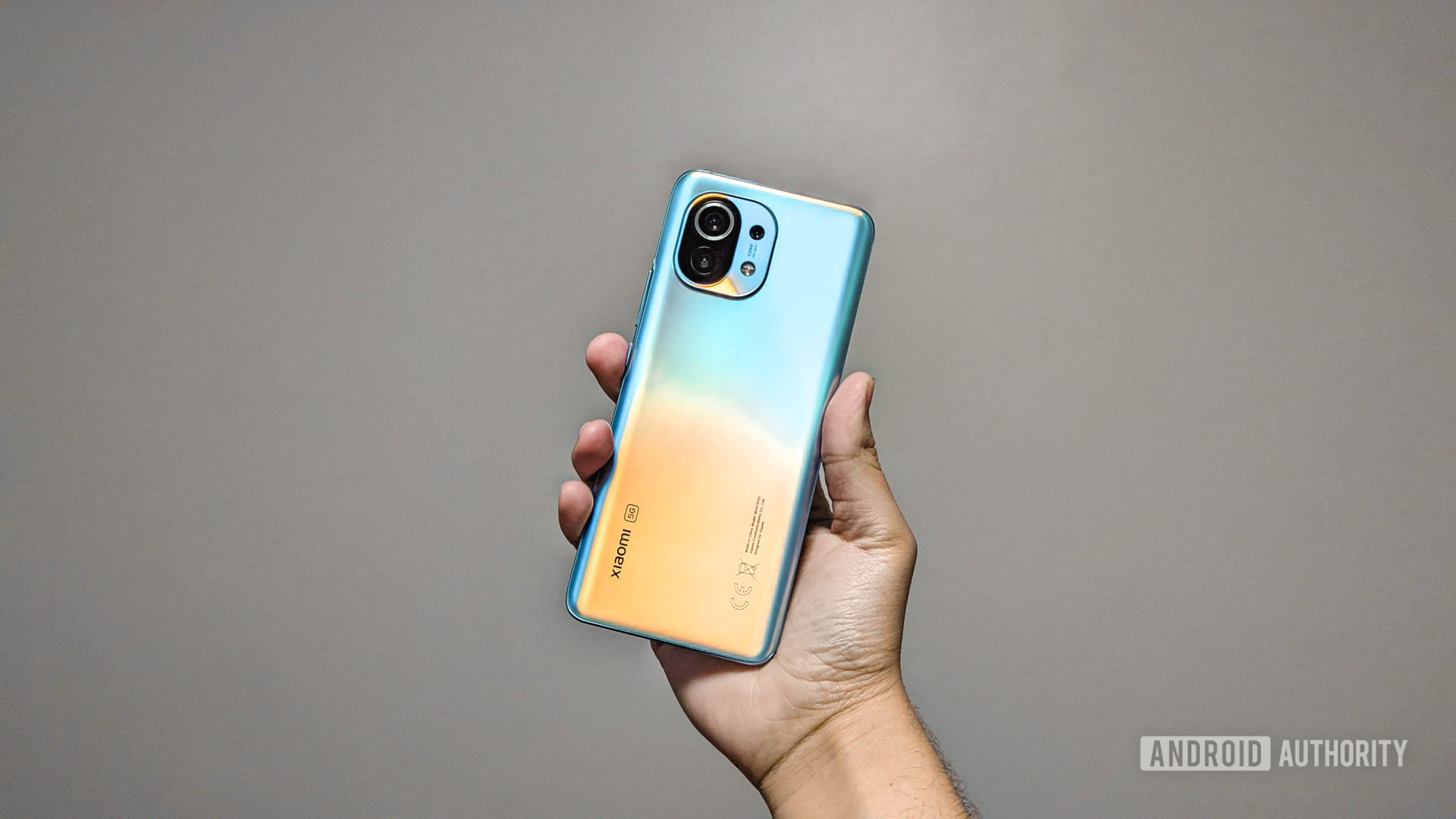
Xiaomi is a relatively new company, founded in 2010 by CEO Lei Jun with help from Google and Motorola veterans. Its main business is in Android phones, and it has multiple phone-oriented sub-brands, chiefly Redmi and POCO.
The company’s core market is its native China. For various reasons, you can’t buy a Xiaomi phone in the United States, despite the obvious sales potential there. It does have a footprint in regions like India and Europe, and is known for offering great bang for the buck, making it one of the best budget options.
Apart from phones and smart home accessories, Xiaomi sells products like tablets, laptops, wearables, and media streamers. Conceivably ― if you live in China, at least ― the company can sell you most or all of the tech you’ll ever need.
Confusingly enough there are several sub-brands within Xiaomi’s smart home products. The main ones to know, though, are Aqara and Mi Home.
See more: Xiaomi buyer’s guide
Xiaomi smart home devices vs the competition
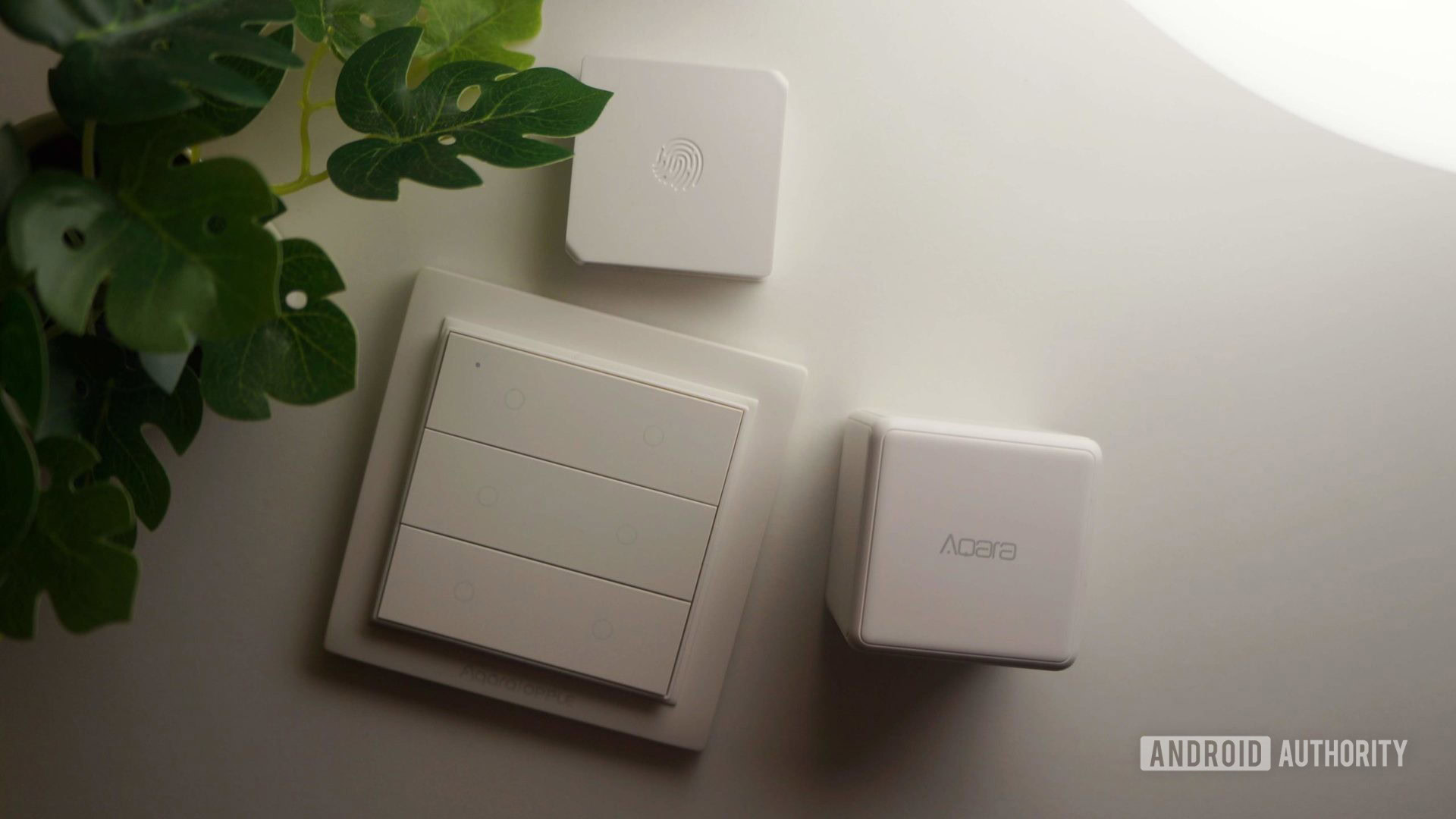
When they don’t have to be imported, Xiaomi home devices tend to be cheap. That’s significant, since smart homes can get expensive in a hurry if you want top-shelf offerings from brands like Ring, Ecobee, Philips Hue, and Google Nest. If you live outside of North America or Europe, Xiaomi might be one of the only choices that makes a smart home feasible.
Feature-wise the company’s products tend to get the job done but aren’t standouts. Beyond price, Xiaomi’s greatest strengths are compatibility with Alexa, Apple HomeKit, and/or Google Assistant — depending on the device — and the sheer breadth of categories available. If you live in the right market, Xiaomi will sell you everything from power strips and light bulbs to robot vacuums and air purifiers. Some of these have more “smart” features than others, so compare them before buying.
In the US it’s probably best to stick to Aqara-branded products, owing to their higher-tier features and easy access on Amazon. We’ve listed a few below. You’ll need one or more Aqara Wi-Fi hubs to enable full functionality, such as integration with third-party automation platforms.
Importing Xiaomi smart home tech from China
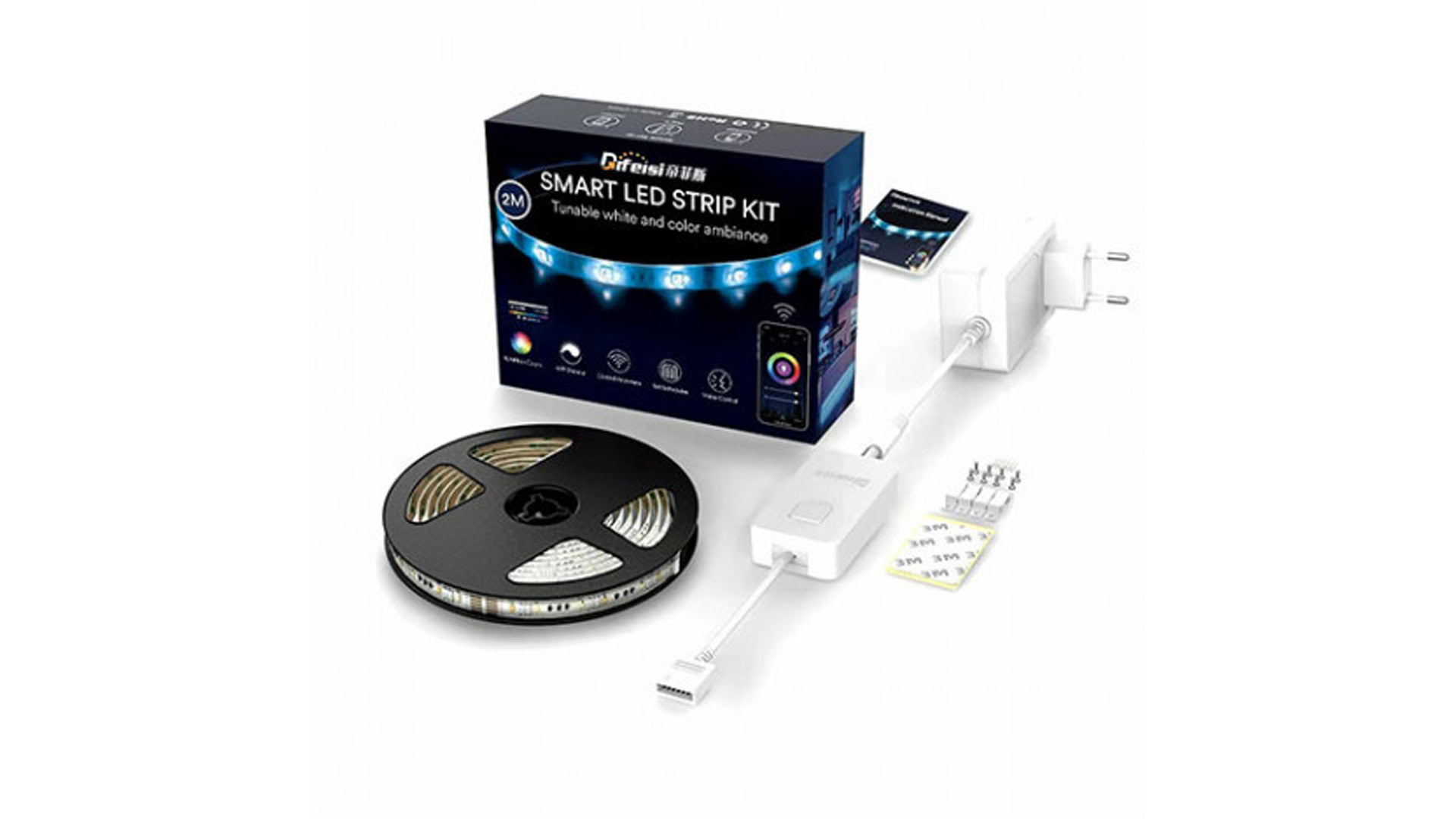
Because of sticker prices and the many product types sold in China, it can be tempting to import Xiaomi home devices when they aren’t sold locally. It’s not difficult to find websites that will help with this, such as AliExpress or Gearbest. Be mindful that you’ll be paying an import premium one way or another, which can potentially reduce or negate any savings. And you’ll probably want a “global” version of anything you buy, because there’s a risk some items could be region-locked. You might be able to get around the issue by changing your device’s region settings, although that can cause its own problems.
There’s also the matter of shipping times. If something’s being imported from China to the US or Canada, you could easily end up waiting weeks, given supply chain constraints and the usual delays associated with shipping by sea. That can be frustrating when other budget brands, like Wyze, might be delivered the next day or sold in stores.
In other words, do the math before importing Aqara, Mi Home, or any Xiaomi brand. You might save on one product, but spend extra on another that’s not any better than the competition.
The Aqara and Mi Home apps vs. the competition
There are separate Xiaomi smart home apps for Aqara and Mi Home. Functionally and even visually these aren’t much different from apps like Apple Home or Samsung SmartThings, with dashboards and tiles for all your accessories, plus support for scenes, grouping, automations, and watching security cameras. The Aqara app seems to place a stronger emphasis on data trends and alarms, which is welcome.
If you’re bought into Xiaomi, you’ll certainly want the apps for device setup, checking cameras, and any exclusive home appliances, but there may not be an incentive to use them otherwise if your accessories work with Alexa, HomeKit, or Google Assistant. Those platforms are more expansive, for instance targeting products and services from many different vendors. Assistant and HomeKit are integrated directly into Android and Apple devices, respectively, making them ultra-convenient.
Related: How to use Amazon Alexa
The verdict
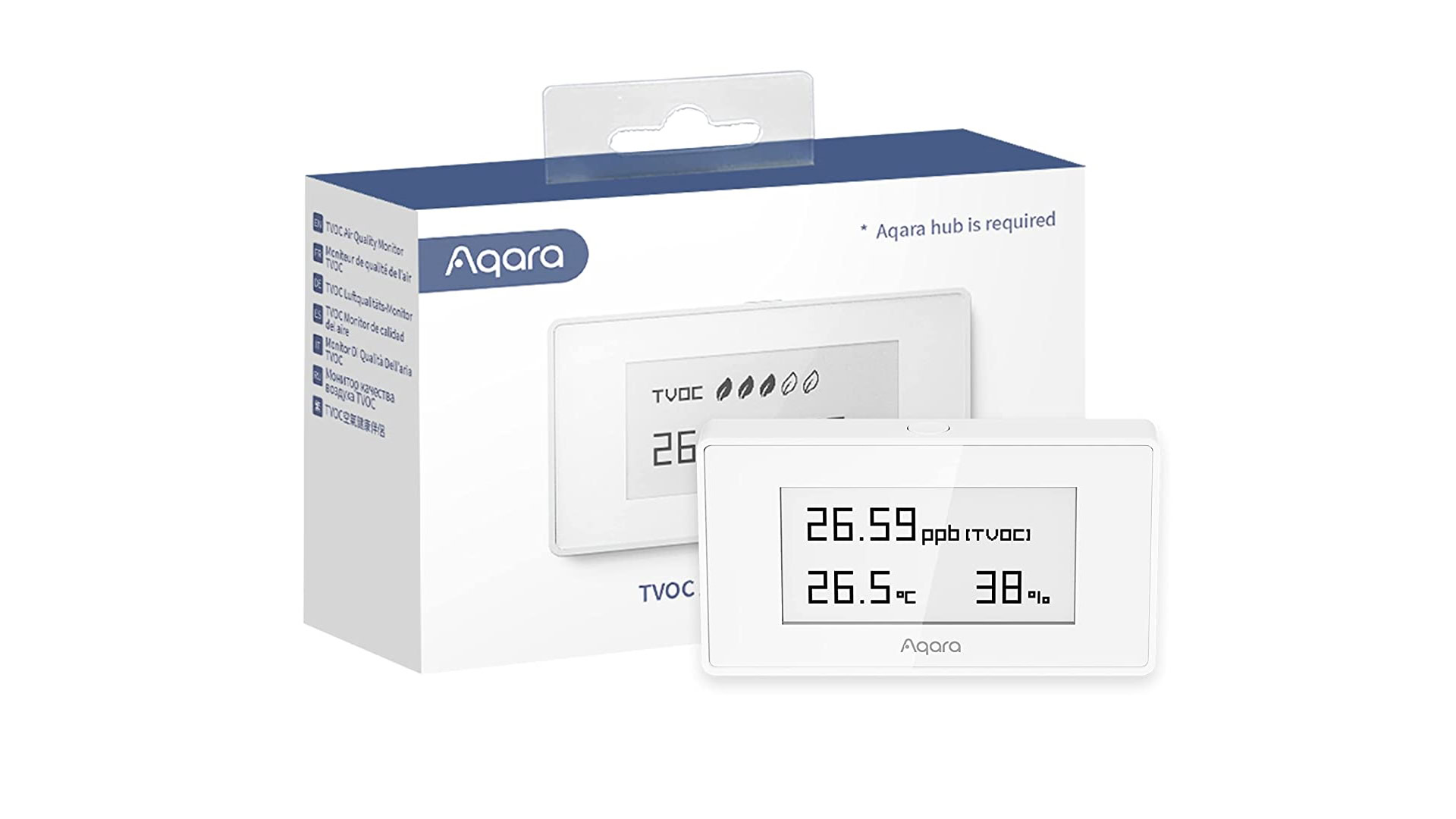
In North America, Xiaomi smart home products should usually be skipped. While some Aqara products fill niches in HomeKit, there’s otherwise no reason to go with them specifically, not when other budget brands like Kasa, Wyze, and Sengled have proliferated and are often easier to get your hands on. The situation may be different in Europe and other markets, but even then, the reason to choose Xiaomi is usually going to be price and/or the sheer scope of products available.
If you can afford to spend a little extra, there’s a saying in the home gym community that applies to smart homes as well: buy once, cry once. It might cost more to go with “premium” smart home accessories, but if they’re reliably built and have superior features, you may actually save money by avoiding replacements or upgrades later on.
Read more: The best smart home devices